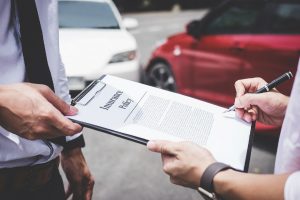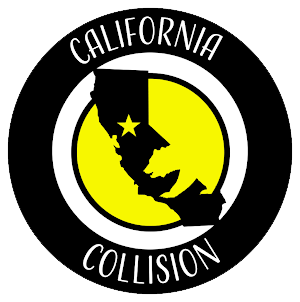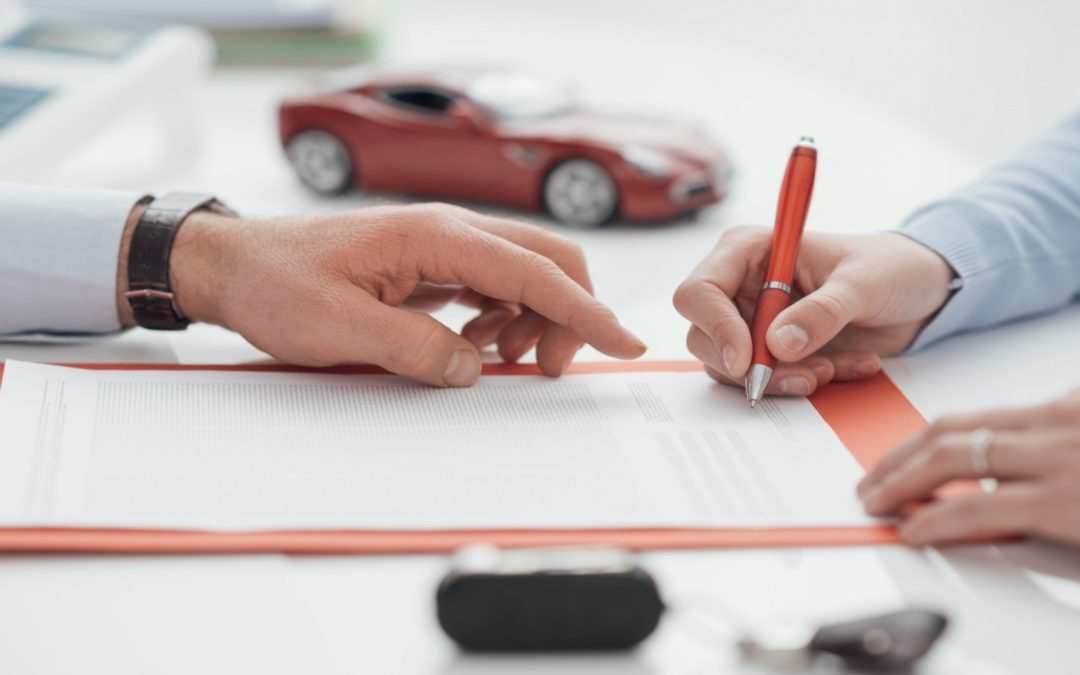In most states, car owners are required to have insurance. People in states that require it typically need to buy a minimum amount of car insurance components, including liability protection. This covers injuries not only to people but to their property as well.
Auto body repair, on the other hand, calls for two other components of insurance – namely, collision and comprehensive insurance.
Repairs Covered by Car Insurance
Generally, auto insurance doesn’t cover any type of auto body repair. It does, however, include repairs that should be made in the case of an accident, bad weather, or vandalism. If you’re one of those concerned about being able to afford these repairs, you should consider adding collision and comprehensive insurance to your car insurance policy.
What is comprehensive insurance?
Also known as comp insurance, this auto repair insurance component covers certain damages not related to a collision, such as fire, vandalism, natural disasters, damage from falling objects, and so on. It will also help pay for a replacement in the event your vehicle gets stolen.
What is collision insurance?
 Through this kind of auto insurance, you will be protected if your car collides with something other than a moving vehicle. It will cover any damage that was done to your car as well as the property that was hit. For instance, if you suddenly lost control of your car while you were pushing buttons on the radio and hit a traffic pole, the costs of the accident will be covered thanks to your collision insurance.
Through this kind of auto insurance, you will be protected if your car collides with something other than a moving vehicle. It will cover any damage that was done to your car as well as the property that was hit. For instance, if you suddenly lost control of your car while you were pushing buttons on the radio and hit a traffic pole, the costs of the accident will be covered thanks to your collision insurance.
Full Coverage
When you have both collision and comprehensive insurance, this is considered “full coverage”, and whether it’s worth your money will depend on the value of your vehicle.
For owners of brand-new cars, it’s more worthwhile to get the full coverage because the value you stand to lose is much higher in case your vehicle gets totally wrecked.
After depreciation is factored in, insurers need to pay out the cash value of the car. This means a new car will have a higher value that should be covered by the insurance as compared to an older car with less value.
Take note: this coverage is not the same as liability insurance, another type of auto insurance that, by law, drivers all over the country are required to have. Liability insurance covers damages to another person’s vehicle and any bodily injury after an accident that you’ve caused.
What to do After a Vehicle Accident or Mishap
After an accident, the first thing you should do is call for emergency services or 911. Let them know if you or your passengers are injured. Contact local police if other cars or property are involved in the accident. Then, you will need to file a claim with your insurance company.
According to experts, you shouldn’t waste time before calling your insurance company. They should be involved right away so they can properly assess who was at fault based on the police report and the insured’s statement.
You will have a claims adjuster work on your case – and that same person will also likely become your main point of contact throughout the process of auto body repair and resolution.

